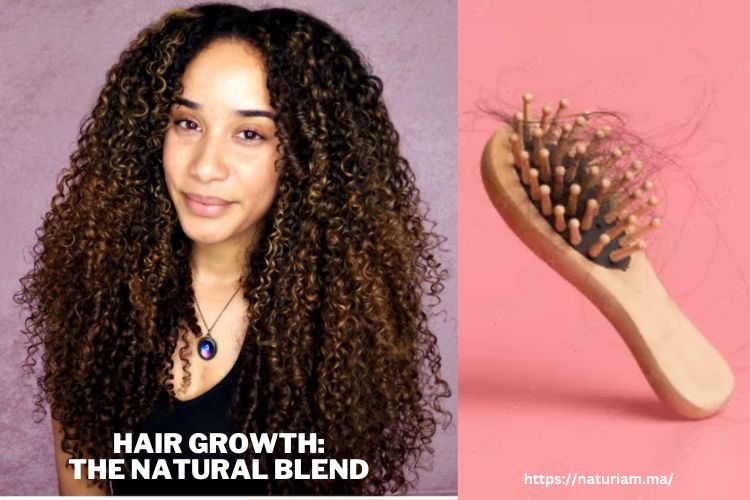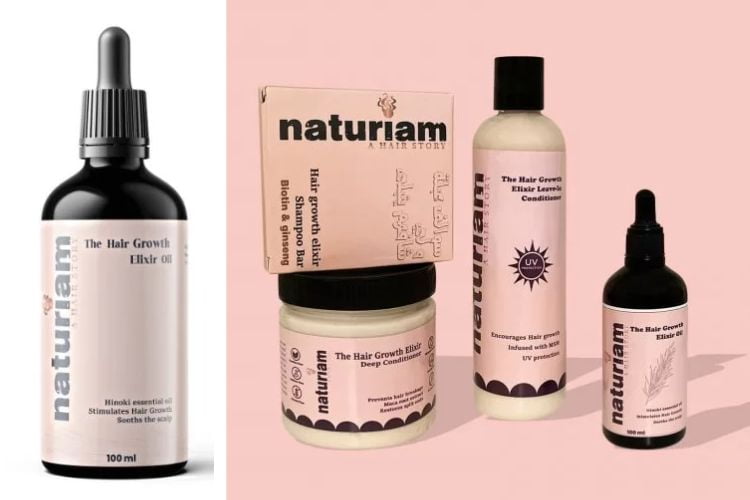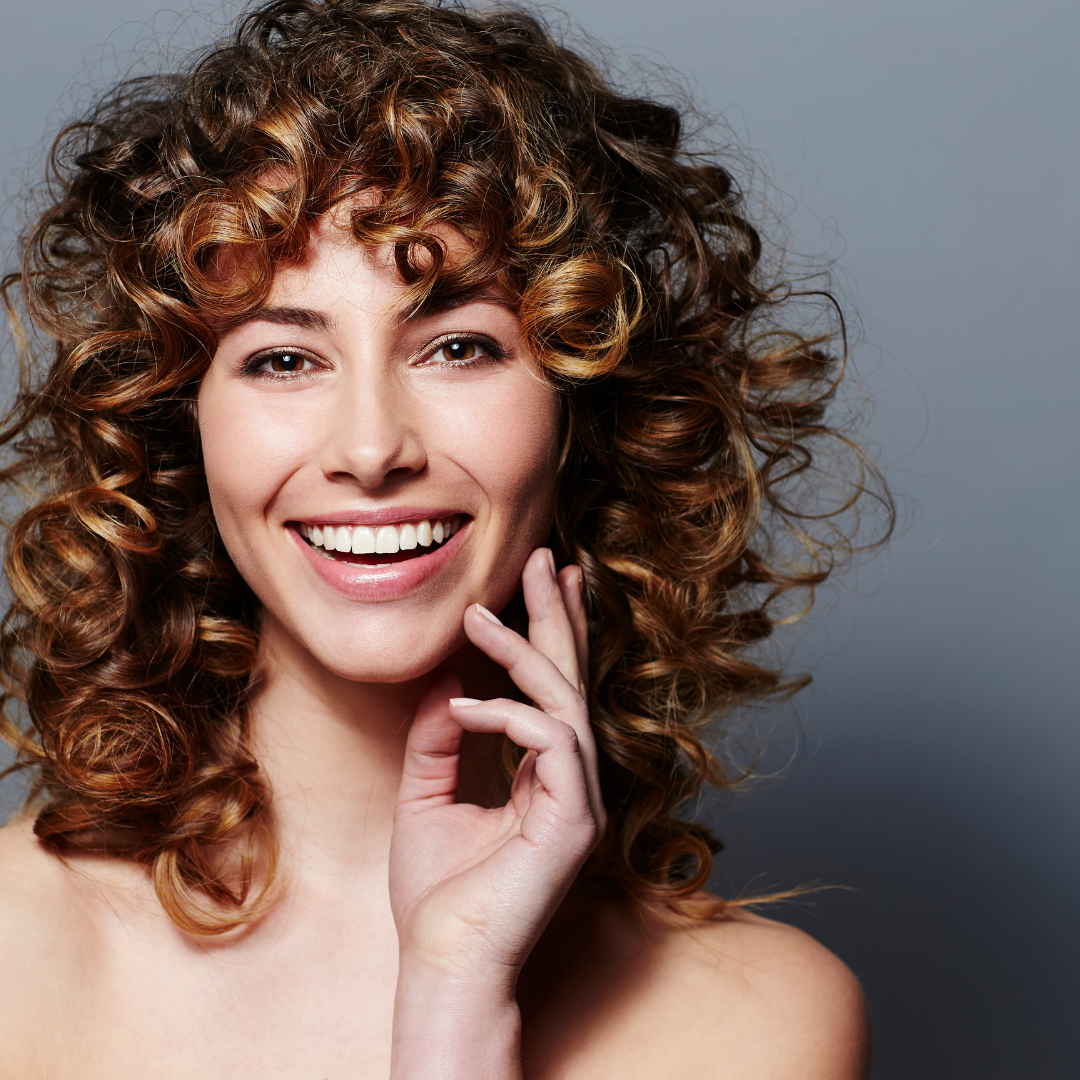Hair is an important aspect of an individual’s identity. Despite mere physiologic worth, hair is cosmetically appealing and has a profound impact on the quality of life.1 Just like the human skin, hair form and grow by the division of cells in the hair follicle. The hair follicle undergoes a hair growth cycle.
The three stages are anagen, catagen, and telogen phases. In the anagen or growth phase, the hair follicles make the hair fiber as the cells divide actively. In the catagen phase, the hair follicle progresses from the growth phase to the resting phase, also called the telogen phase. After its completion, the hair growth eventually falls off.2
Hair Loss
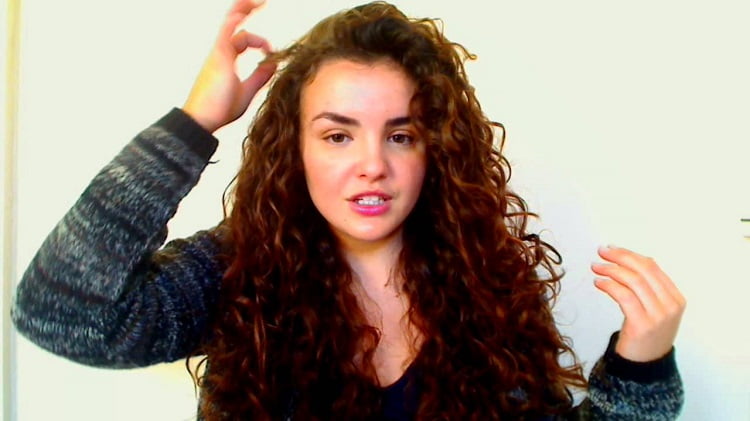
Hair growth loss is a result of a lack of sufficient blood supply to the scalp, lymph drainage, and the number of nutrients in the blood. Other causes of hair loss include stress, aging, emotional strains, nervous disorders, infections, injury and impairment, toxic substances, radiation, hormonal imbalance, and a polluted environment.
Alopecia areata is a form of hair growth loss in which the immune system of the body targets the hair follicles and hinders the growth and proliferation of hair follicles.3 In addition to these, mutations in different genes such as the androgen receptor (AR) gene on the X chromosome increase the likelihood of hair loss.15
A genetically predetermined disorder, androgenetic alopecia or pattern baldness (see image below), is observed in both men and women. This disorder is characterized by excessive androgen response and develops after the onset of puberty.16
Treatment of Hair Loss
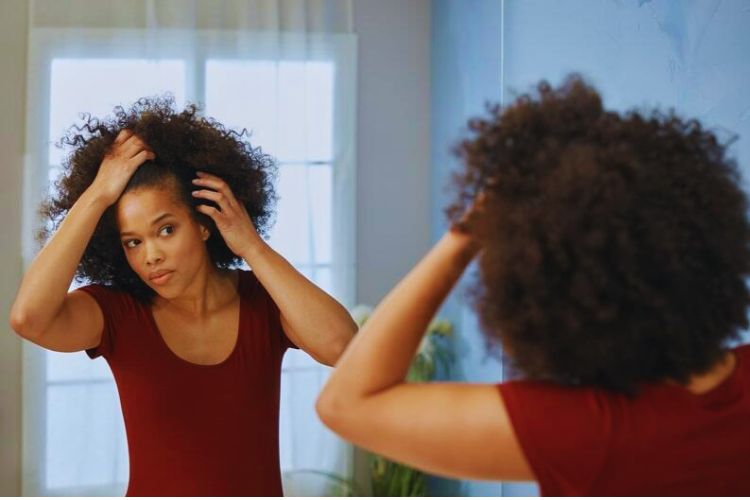
Hair growth loss can be distressing. While surgical and medical treatments are widely used to combat hair growth loss, these methods are associated with adverse effects.
With surgical treatment of hair growth loss, there are associated general complications including anesthesia-related adverse reactions, bleeding, increased heart rate, pain, infection, itching, edema, and patient dissatisfaction. Meanwhile, the medications may lead to sexual side effects such as erectile dysfunction, decreased libido, and altered sperm.4-6
Natural Hair Growth Ingredients
Although there is limited scientific evidence regarding the use of natural ingredients in combating hair growth loss and promoting hair growth, there are enough studies to support the effectiveness of natural ingredients in mediating hair growth.
- “Hinoki essential oil” of Chamaecyparis obtusa tree origin can promote hair growth. The oil increases the expression of vascular endothelial growth factor (VEGF), which in turn stimulates the hair cycle, thus improving hair growth.7
- Topical application of the “pumpkin seed oil” increases the hair follicles and promotes hair regrowth. This natural substance does not have toxic effects on the body.8
- “Tea tree oil” has anti-inflammatory and antifungal properties, making it useful for dandruff treatment. Tea tree oil offers protection against hair growth loss.9
- “Rosemary cineole essential oil” is also useful for the treatment of hair loss, particularly androgenetic alopecia. The effectiveness of rosemary essential oil is comparable to the effectiveness of minoxidil.10, 14
- Shampoo bars formulation for hair growth of topical “caffeine” allows for improved penetration of caffeine into the hair follicles. It is useful in the treatment of androgenetic alopecia and improved hair growth. Caffeine suppresses phosphodiesterase enzyme, which stimulates the metabolism and proliferation of cells in the hair follicle.11, 12
- “Ginseng” or its components ginsenosides modulate different signaling pathways and promote the growth of dermal papilla, preventing hair growth loss. Similar to Hinoki essential oil, ginseng also activates VEGF, which has a positive influence on the hair growth cycle.13
What Do We Offer?
Naturiam offers handmade products hair growth elixir collection & Porous Hair, curated using natural ingredients with benefits supported by extensive research and scientific ingredients. One can find the above-mentioned ingredients in the Hair Growth Elixir Oil and the Hair Growth Elixir Shampoo Bar.
References
- Papa CM. Hair growth. In: Walker HK, Hall WD, Hurst JW, editors. Clinical Methods: The History, Physical, and Laboratory Examinations. 3rd edition. Boston: Butterworths; 1990. Chapter 107. Available from: https://www.ncbi.nlm.nih.gov/books/NBK210/
- Hoover E, Alhajj M, Flores JL. Physiology, Hair. [Updated 2021 Jul 26]. In: StatPearls [Internet]. Treasure Island (FL): StatPearls Publishing; 2022 Jan-. Available from: https://www.ncbi.nlm.nih.gov/books/NBK499948/
- Nabahin, A., Abou Eloun, A., & Abu Naser, S. S. (2017). Expert system for hair loss diagnosis and treatment. International Journal of Engineering and Information Systems (IJEAIS)
- Phillips, T. G., Slomiany, W. P., & Robert Allison, I. I. (2017). Hair loss: common causes and treatment. American family physician, 96(6), 371-378
- Jimenez, F., Alam, M., Vogel, J. E., & Avram, M. (2021). Hair transplantation: Basic overview. Journal of the American Academy of Dermatology, 85(4), 803-814
- Kerure, A. S., & Patwardhan, N. (2018). Complications in hair transplantation. Journal of Cutaneous and Aesthetic Surgery, 11(4), 182
- Lee, G. S., Hong, E. J., Gwak, K. S., Park, M. J., Choi, K. C., Choi, I. G., … & Jeung, E. B. (2010). The essential oils of Chamaecyparis obtusa promote hair growth through the induction of vascular endothelial growth factor gene. Fitoterapia, 81(1), 17-24
- da Cruz, G. K., Martins, M. I. M., Antunes, F. T. T., de Souza, A. H., de Fátima Wiilland, E., Picada, J. N., & da Silva Brum, L. F. (2022). Evaluation of the efficacy and toxicity of oral and topical pumpkin oil on the hair growth of mice. Acta Histochemica, 124(4), 151894
- Lourith, N., & Kanlayavattanakul, M. (2013). Hair growth loss and herbs for treatment. Journal of cosmetic dermatology, 12(3), 210-222
- Lourith, N., & Kanlayavattanakul, M. (2013). Hair growth loss and herbs for treatment. Journal of cosmetic dermatology, 12(3), 210-222
- Völker, J. M., Koch, N., Becker, M., & Klenk, A. (2020). Caffeine and its pharmacological benefits in the management of androgenetic alopecia: a review. Skin pharmacology and physiology, 33(3), 153-169
- Otberg, N., Teichmann, A., Rasuljev, U., Sinkgraven, R., Sterry, W., & Lademann, J. (2007). Follicular penetration of topically applied caffeine via a shampoo formulation. Skin pharmacology and physiology, 20(4), 195-198
- Choi, B. Y. (2018). Hair-growth potential of ginseng and its major metabolites: a review on its molecular mechanisms. International journal of molecular sciences, 19(9), 2703
- González-Minero, F. J., Bravo-Díaz, L., & Ayala-Gómez, A. (2020). Rosmarinus officinalis L.(Rosemary): An ancient plant with uses in personal healthcare and cosmetics. Cosmetics, 7(4), 77
- Hagenaars, S. P., Hill, W. D., Harris, S. E., Ritchie, S. J., Davies, G., Liewald, D. C., Gale, C. R., Porteous, D. J., Deary, I. J., & Marioni, R. E. (2017). Genetic prediction of male pattern baldness. PLoS genetics, 13(2), e1006594. https://doi.org/10.1371/journal.pgen.1006594
- Ho CH, Sood T, Zito PM. Androgenetic Alopecia. [Updated 2021 Nov 15]. In: StatPearls [Internet]. Treasure Island (FL): StatPearls Publishing; 2022 Jan-. Available from: https://www.ncbi.nlm.nih.gov/books/NBK430924/

